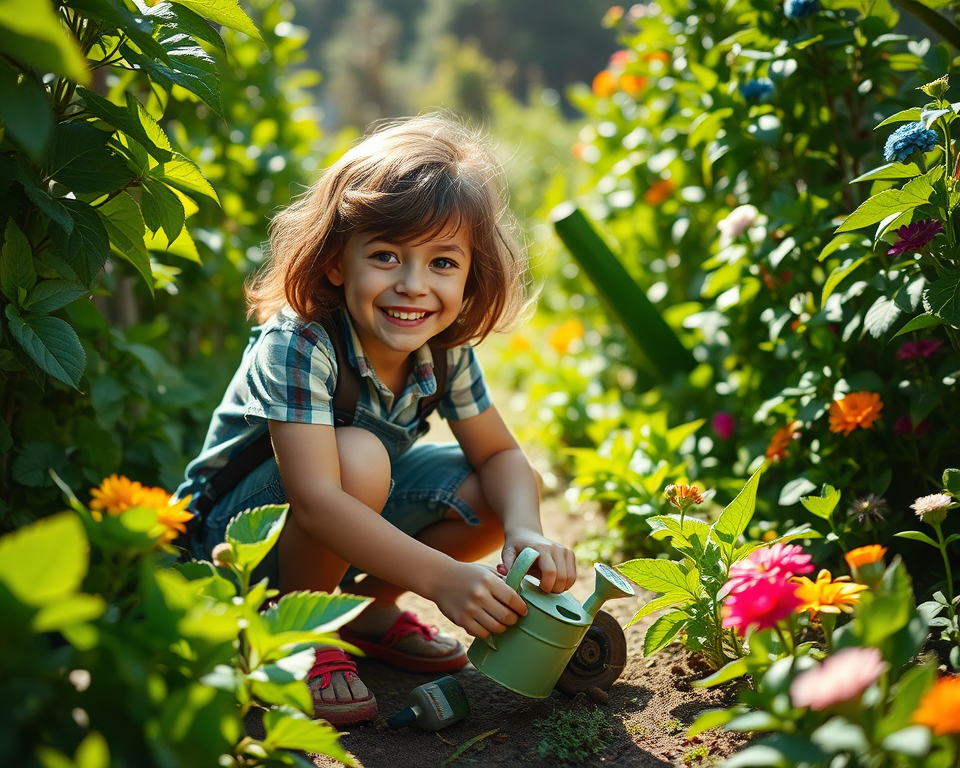Hey there, young gardener! 🌱 Today, we’re going to explore how to change one measurement into another. Specifically, we’ll convert 10 liters into quarts. This might sound a little tricky, but I promise, it’s pretty cool!
Table of Contents
What is a Liter and a Quart?
First, let’s talk about what these words mean. A liter is a way to measure liquid. It’s like how much water you might use to water your plants. A quart is another way to measure liquid, but it’s used mostly in the United States.
How to Convert Liters to Quarts
To convert liters to quarts, we need to know that 1 liter is about 1.057 quarts. This means if you have 10 liters, you can find out how many quarts that is by multiplying.
So, if we want to convert 10 liters to quarts, we can use this equation:
$$
10 \text{ liters} \times 1.057 \text{ quarts/liter} = 10.57 \text{ quarts}
$$
So, 10 liters is about 10.57 quarts. That’s a little more than 10 and a half quarts!
How Can This Help You in Gardening?
Knowing how to convert these measurements can help you when you’re watering your garden. Maybe you need a certain amount of water for your flowers or vegetables. By understanding liters and quarts, you can measure out exactly what you need!
Here’s a Fun List of Objects Equal to 10 Liters or 10.57 Quarts
To visualize how much this actually is, here are 7 objects that can hold this amount of liquid:
- A large pitcher used for lemonade (10 liters).
- A bucket from your garage (10 liters).
- A cooler for drinks at a picnic (10 liters).
- A big watering can (10 liters).
- A fish tank for a small fish (10 liters).
- A plastic storage container (10 liters).
- A medium-sized aquarium (10 liters).
Now you can see how much 10 liters really is! Happy gardening, and remember to measure carefully! 🌻
